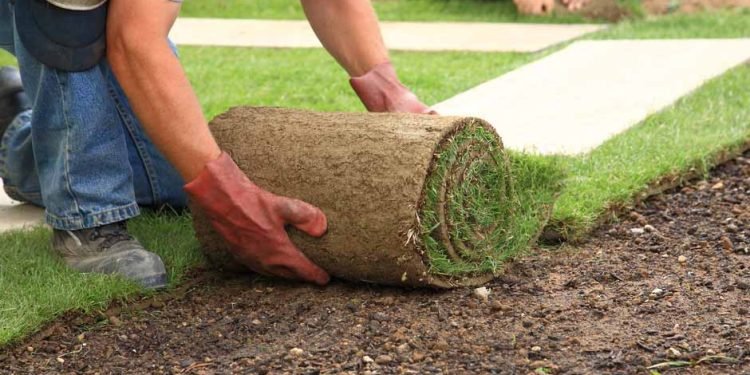What shapes our lives and inspires us to dream? It’s the landscape. From captivating mountain views that fill us with awe to meandering trails through lush forests, landscapes have a way of opening up new perspectives, transporting us away from our everyday worries, and tapping into something abstract yet emotive.
From where we find stillness to playing an integral part in forming vibrant communities, it is clear that landscapes are essential for both personal well-being and larger social justice issues. They serve as a timeless medium between nature, culture, and people. This why we need to seek full-service landscape design in Portland to ensure we enjoy these amazing benefits year-round. Let’s explore the benefits of landscapes in all aspects of life.
1. Promotes Physical and Mental Well-Being
One of the most obvious benefits of landscapes is their ability to promote physical and mental well-being. Research has consistently shown that being in natural environments, such as parks, forests, and green spaces can reduce stress, anxiety, and depression while increasing happiness and overall sense of well-being. Studies have also shown that even looking at images of nature can have a calming effect on the mind and body. Besides, regular exposure to nature has been found to reduce blood pressure and heart rate, promote better sleep, and boost the immune system.
2. Promotes Social Cohesion
Another significant benefit of landscapes is their role in promoting social cohesion. Parks, playgrounds, and green spaces are often the central gathering places in many communities, bringing people of different ages, races, and socio-economic backgrounds together. This promotes social interaction, creates a sense of belonging, and strengthens community identity. In addition, well-designed streetscapes, public spaces, and gardens can foster a sense of pride in the community and improve the quality of life for residents.
3. Enhances Environmental Sustainability
Landscapes can also help improve the environment and promote sustainability in several ways. Trees, plants, and other greenery help absorb carbon dioxide and other pollutants from the air, improving air quality and reducing the negative impacts of climate change. Green spaces also help control surface runoff, increase soil stability, reduce erosion, and absorb rainwater, preventing flooding and soil degradation. Additionally, the use of native plants in landscaping can support biodiversity and promote the preservation of natural habitats.
4. Supports Economic Growth
Landscapes can support economic growth by increasing property values, attracting tourism, and attracting businesses and skilled workers. In urban areas, well-designed green spaces and parks can increase property values, attract new residents, and promote economic development. Well-maintained landscapes also attract visitors, which can generate revenue for local businesses and consequently stimulate job creation. Many studies have also shown that employees who work in environments that offer natural views and plants have higher levels of job satisfaction, increased productivity, and reduced absenteeism.
5. Promotes Creativity and Innovation
Landscapes provide inspiration and stimulate the imagination, a valuable resource that drives creativity and innovation. The natural elements of the landscape can encourage creative thinking, problem-solving and motivate people to find new ways of approaching challenges. In urban environments, well-designed public spaces can inspire people to be more active, productive, and engaged in their daily lives.
6. Increased Property Value
Landscaping can increase the value of both residential and commercial properties. A well-planned landscaping can improve a property’s curb appeal and increase its attraction to potential buyers or tenants. Additionally, green spaces and parks are often sought after by homebuyers, and living near a park or green space can increase property values.
7. Provide Habitat and Support Biodiversity.
Landscapes play a significant role in creating habitats that support various species, including birds, insects, and other wildlife. They also provide food and shelter for pollinators, which help to sustain agricultural production. A diverse landscape, with native plants and habitats, supports the richness of local ecosystems and preserves a distinct sense of place or identity.
As we move towards a more sustainable future, it is important to recognize and appreciate the beauty of our landscape. From parks to mountaintops, from lush valleys to sandy shores, the panorama of nature is so varied and awe-inspiring that it often brings us peace and relaxation after a day in the hustle and bustle.
No matter where you live or what kind of landscape you are surrounded by, you can be sure that there is something important that connects us all – our love for preserving nature for ourselves and for generations to come. So next time you’re out admiring the wide open sky or taking a stroll through your local park, take a moment to marvel at this incredible gift given to us by Mother Nature; it’s something we should never take for granted. Landscapes have been shaping our cultures, communities, and lives since time immemorial- let’s continue to cherish them always.












